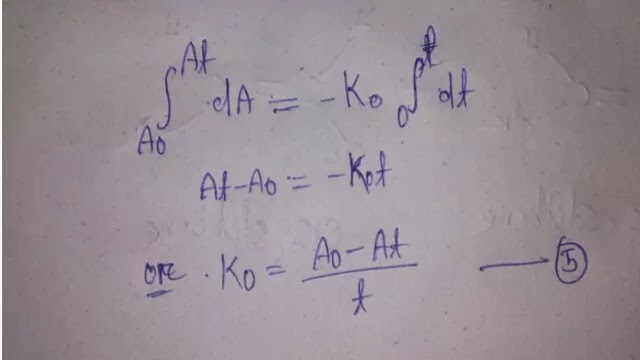GENERAL ANAESTHETIC
Click The Download Button For Pdf
1. INTRODUCTION
General anaesthetics bring about descending depression of the central nervous system, starting with cerebral cortex, the basal ganglia, the cerebellum and finally the spinal cord.
2. MECHANISM OF ACTION
Due to the wide structural variation, general anesthetics are thought to be non specific in action i.e. they do not act on specific receptor site.
Mayer and Overtone proposed independently a lipid theory. This theory states that a direct relationship exist between lipid solubility of an agent and its anesthetic potency. According to this theory anesthesia occurs when a sufficient concentration of anesthetic is achieved in lipid bi-layer to perturb its structure in such as to render some excitable membrane protein embedded in it.
When general anesthetic is dissolved in lipid bi-layer and membranes, they cause disordering or increased fluidity of the membrane. This may inactivate the protein essential functioning of CNS or ion channel, which would remain open resulting in chloride ion influx leading to synaptic hyper polarization, which inhibits neuronal function
3. A. CLASSIFICATION -I
The general anesthetics are classified into three types based on the method of administration.
i) Inhalation Anesthetics
Inhalation anesthetics could be either volatile liquids or gases and they are administered through inhalation process. eg. Ether, Ethyl chloride, Cyclopropane, Halothane, Nitrous oxide.
ii) Intravenous Anesthetic
Intravenous anaesthetics cause unconsciousness when administered parenterally.
eg. Thiopental Sodium, Ketamine Hydrochloride, Methohexital Sodium.
ii) Basal Anesthetics
Basal anesthetics are agents, which induce the state of unconsciousness but the depth of unconsciousness is not enough for surgical procedure. They are often used to induce basal anesthesia before the administration of inhalation anesthetics.
eg. Fentanyl Nitrate, Formaldehyde, Tribromoethanol.
B. CLASSIFICATION -II
The general anesthetics are also classified according to their nature at room temperature.
(i) Volatile inhalation general anesthetics
(a) Gases :- Cyclopropane, Ethyl chloride, Nitrousoxide.
(b) Liquids :- Diethylether, Halo-thane, Chloroform, Trichloroethane.
(ii) Non-volatile general anaesthetics
(a) Barbiturates :- Thiopental Sodium, Methohexital Sodium.
(6) Non-barbiturates :- Propanidid, Propofol, Ketamine Hydrochloride.
Drug Metabolism, Med-Chem, By K.Ilango and P.Valentina 4th Semister :- click here
Complexation and Protein Binding By CVS Subrahmanyam, 3rd Semister, Physical Pharmaceutics :- click here 👈
Pharmacology of drugs acting on cardio vascular system, 5th semister :- CLICK HERE 👈
Autocoids and Related Drugs, Pharmacology, 5th Semister :- CLICK HERE 👈
5th Semister Pharmaceutical Jurisprudence :- Click Here 👈
💯💯💯💯
Interfacial Phenomena By C.V.S. Subrahmanyam, Physical Pharmaceutics, 3rd Semister :- Click Here 👈
Industrial Pharmacy-I PDF book, B-Pharm 5th Semister :- Click Here 👈
5th Semister, Pharmacognocy, PDF Book :- Click Here 👈
5th Semister, Medicinal Chemistry :- Click Here 👈




